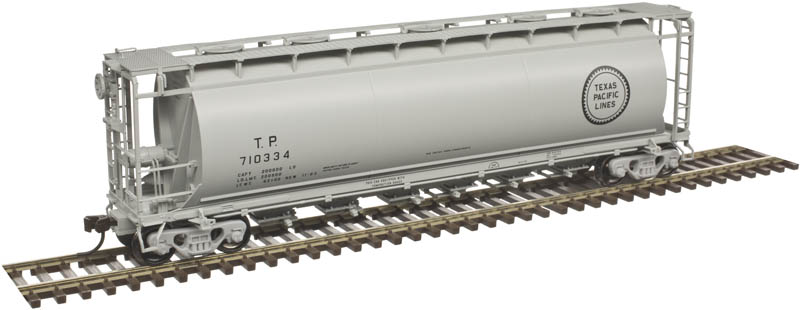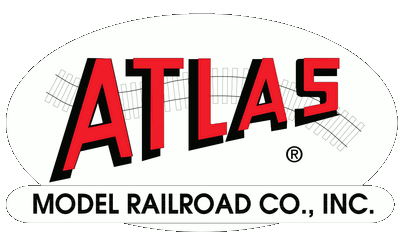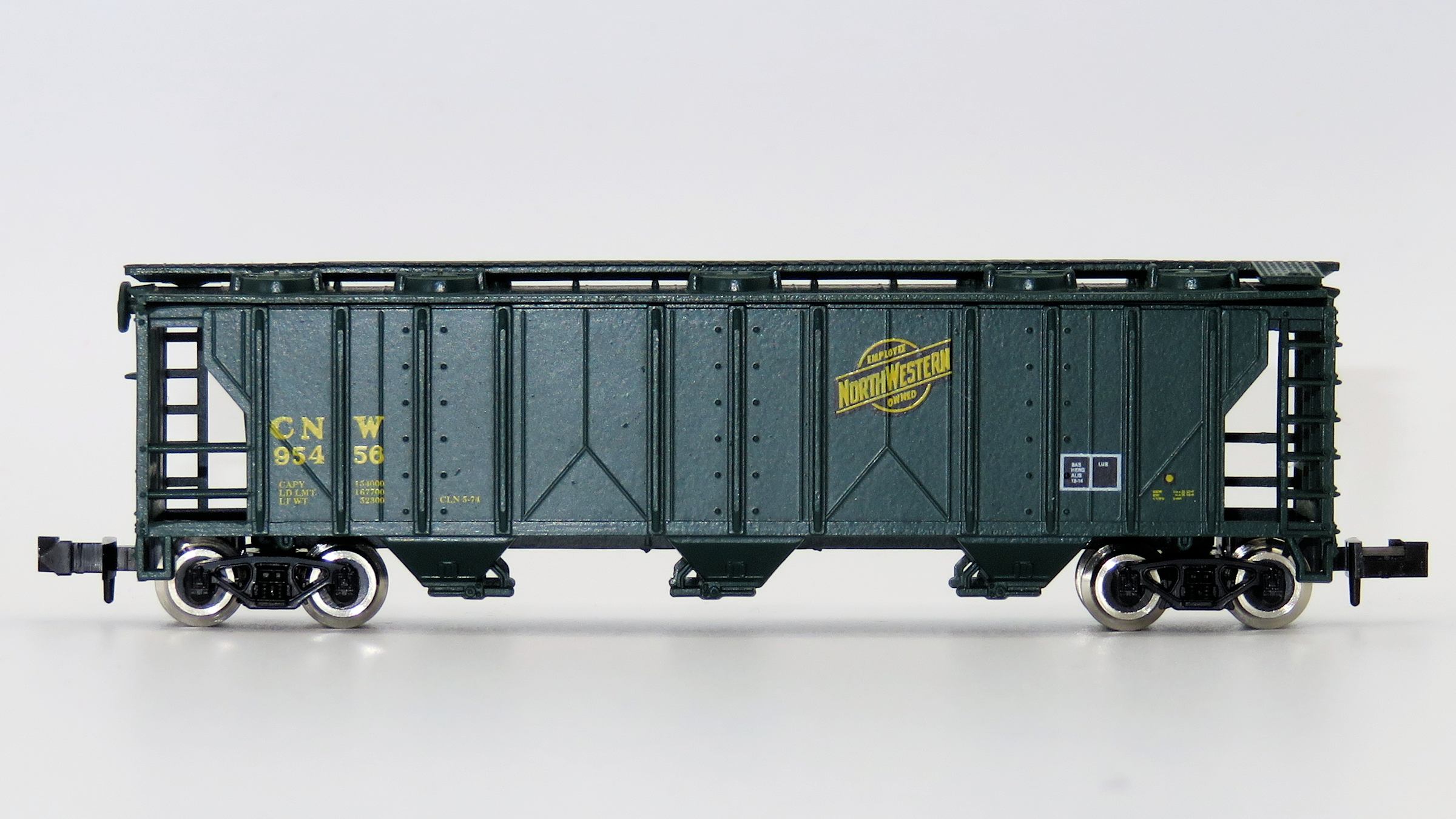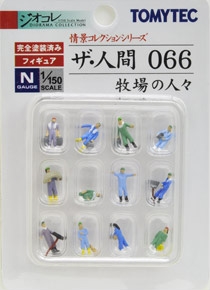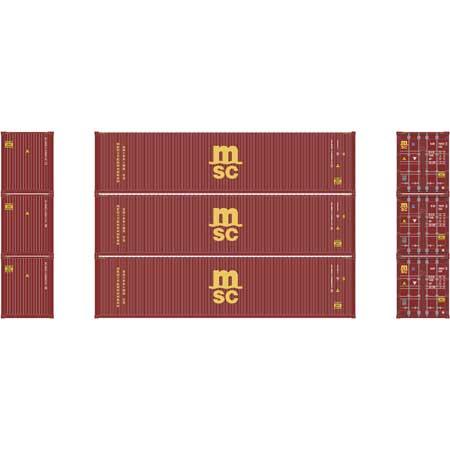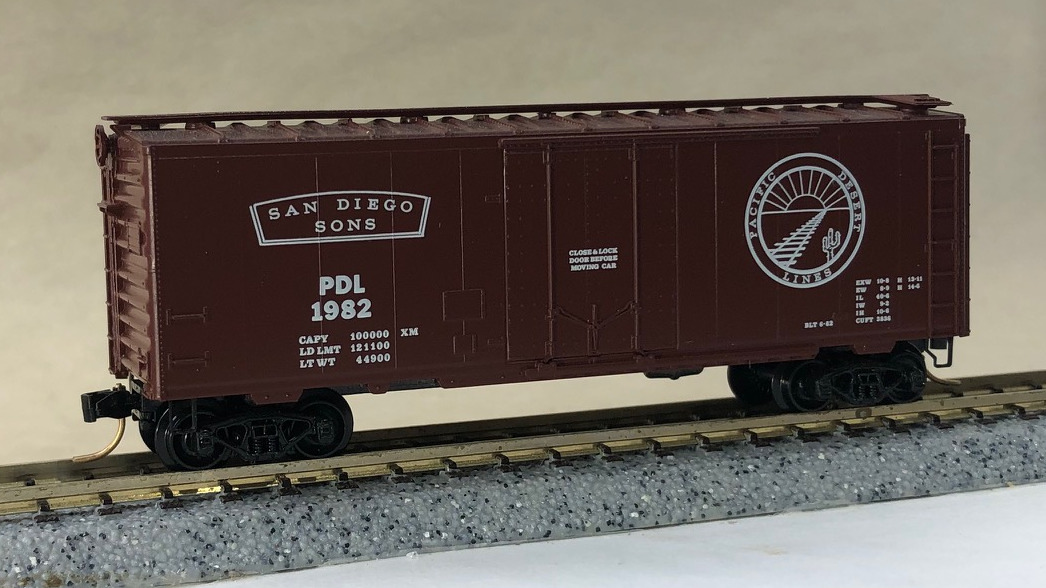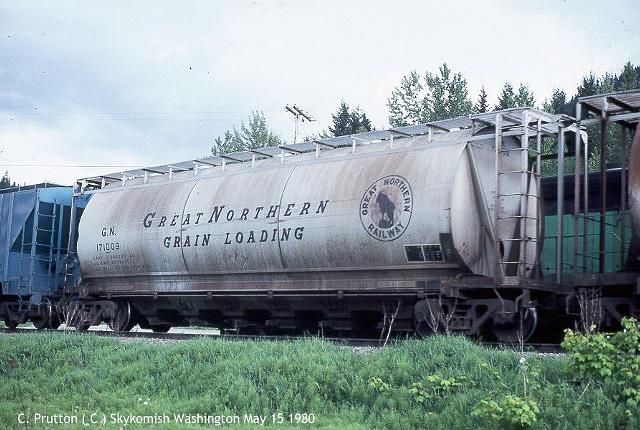Body Style Information: Introduced in 1961 by ACF® to haul sand, clay, salt, grain and bulk plastics, the Cylindrical Hopper was the first commercially successful tank-type covered hopper car design. A few of the more than 4,000 cars of this type built through 1966 can still be seen in service today across the United States.
Prototype Information: ACF introduced their roundish cylindrical hoppers in the early 1960s. The cars differed greatly from the ribbed sided hoppers of the era. They have been made in 3-bay and 6-bay variations. These cylindrical hoppers were superseded on ACF’s production line by the Centerflow in 1964, a revolutionary design that influenced later covered hopper types. In the late 60s or early 70s Canada came out with 4-bay covered hoppers that appear to be derived from ACF’s pre-Centerflow cylindrical hoppers. These cars were used by CN, CP and various smaller Canadian shippers. There is some question as to why the Canadian builder based their design off the older cylindrical and not ACF’s newer Centerflow. It was likely a patent issue and copying it could have triggered legal action against the Canadian builders. There are also certain structural design differences between the cylindrical and centerflow cars and perhaps the decision to copy the cylindrical was based on the greater volume capacity of the cylindrical design.
Road/Company Information: 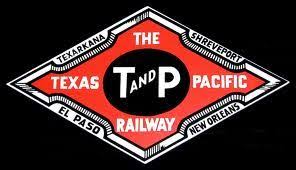 The Texas and Pacific Railway Company (known as the T&P) was created by federal charter in 1871 with the purpose of building a southern transcontinental railroad between Marshall, Texas, and San Diego, California.
The T&P had a significant foothold in Texas by the mid-1880s. Construction difficulties delayed westward progress, until American financier Jay Gould acquired an interest in the railroad in 1879. The T&P never reached San Diego; instead it met the Southern Pacific at Sierra Blanca, Texas, in 1881.
The Missouri Pacific Railroad, also controlled by Gould, leased the T&P from 1881 to 1885 and continued a cooperative relationship with the T&P after the lease ended. Missouri Pacific gained majority ownership of the Texas and Pacific Railway's stock in 1928 but allowed it to continue operation as a separate entity until they were eventually merged on October 15, 1976. On January 8, 1980, the Missouri Pacific Railroad was purchased by the Union Pacific Railroad. Because of lawsuits filed by competing railroads, the merger was not approved until September 13, 1982. However, due to outstanding bonds of the Missouri Pacific, the actual merger with the Union Pacific Railroad took place on January 1, 1997.From Wikipedia
The Texas and Pacific Railway Company (known as the T&P) was created by federal charter in 1871 with the purpose of building a southern transcontinental railroad between Marshall, Texas, and San Diego, California.
The T&P had a significant foothold in Texas by the mid-1880s. Construction difficulties delayed westward progress, until American financier Jay Gould acquired an interest in the railroad in 1879. The T&P never reached San Diego; instead it met the Southern Pacific at Sierra Blanca, Texas, in 1881.
The Missouri Pacific Railroad, also controlled by Gould, leased the T&P from 1881 to 1885 and continued a cooperative relationship with the T&P after the lease ended. Missouri Pacific gained majority ownership of the Texas and Pacific Railway's stock in 1928 but allowed it to continue operation as a separate entity until they were eventually merged on October 15, 1976. On January 8, 1980, the Missouri Pacific Railroad was purchased by the Union Pacific Railroad. Because of lawsuits filed by competing railroads, the merger was not approved until September 13, 1982. However, due to outstanding bonds of the Missouri Pacific, the actual merger with the Union Pacific Railroad took place on January 1, 1997.From Wikipedia

Brand/Importer Information: In 1924 Stephan Schaffan, Sr. founded the Atlas Tool Company in Newark, New Jersey. In 1933 his son, Stephan Schaffan, Jr., came to work for his father at the age of sixteen. Steve Jr. built model airplanes as a hobby and frequented a local hobby shop. Being an enterprising young man, he would often ask the owner if there was anything he could do to earn some extra spending money. Tired of listening to his requests, the hobby-store owner threw some model railroad track parts his way and said, "Here, see if you can improve on this".
Atlas has made a ton of wonderful products throughout the years and we often get questions one whether we have run a certain road name on a particular model. It should be noted that Atlas locomotives and rolling stock are greatly appreciated for their superior operating and running characteristics. Atlas products are also well known for their outstanding collectability not only due to their superior prototypical workmanship, details and decoration, but because there are relatively so few of them made. Each and every production run has been carefully built to market demand, meaning almost every piece in any given run is sold out by Atlas on arrival or shortly thereafter, thus creating a built in collectors market.
Atlas has made a ton of wonderful products throughout the years and we often get questions one whether we have run a certain road name on a particular model. It should be noted that Atlas locomotives and rolling stock are greatly appreciated for their superior operating and running characteristics. Atlas products are also well known for their outstanding collectability not only due to their superior prototypical workmanship, details and decoration, but because there are relatively so few of them made. Each and every production run has been carefully built to market demand, meaning almost every piece in any given run is sold out by Atlas on arrival or shortly thereafter, thus creating a built in collectors market.
Item created by: devsummers428 on 2020-11-05 13:30:46. Last edited by Alain LM on 2020-11-21 05:38:59
If you see errors or missing data in this entry, please feel free to log in and edit it. Anyone with a Gmail account can log in instantly.
If you see errors or missing data in this entry, please feel free to log in and edit it. Anyone with a Gmail account can log in instantly.


